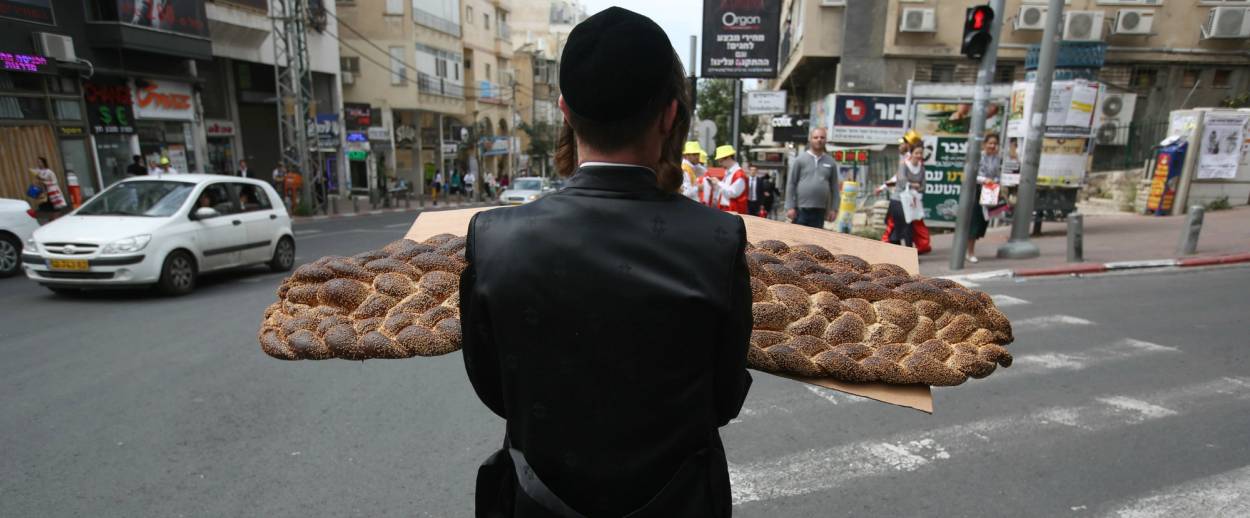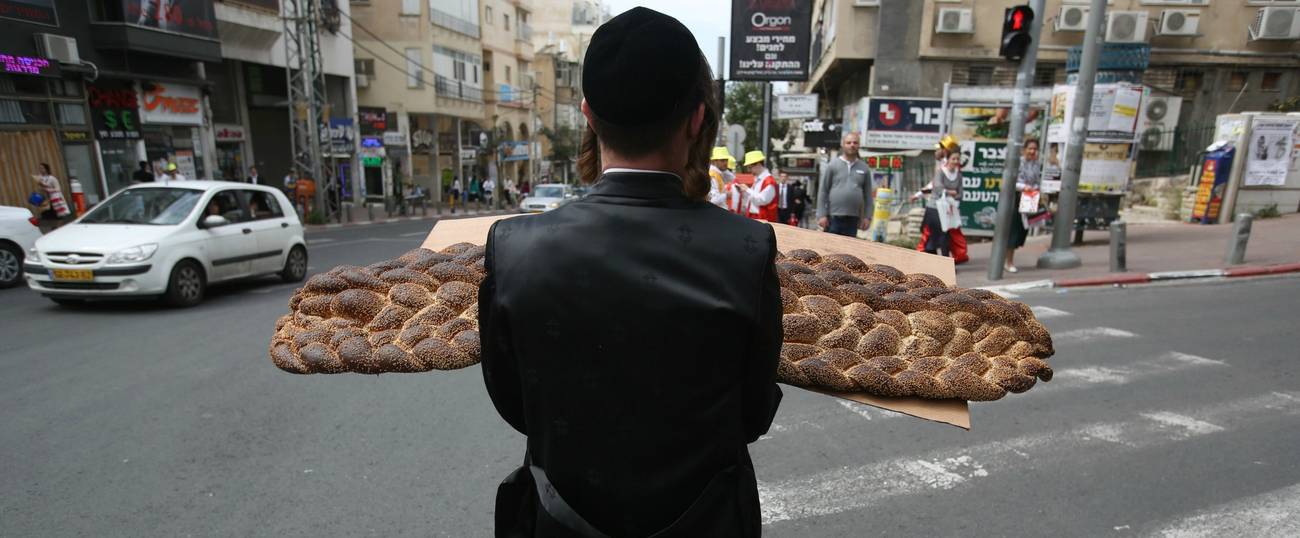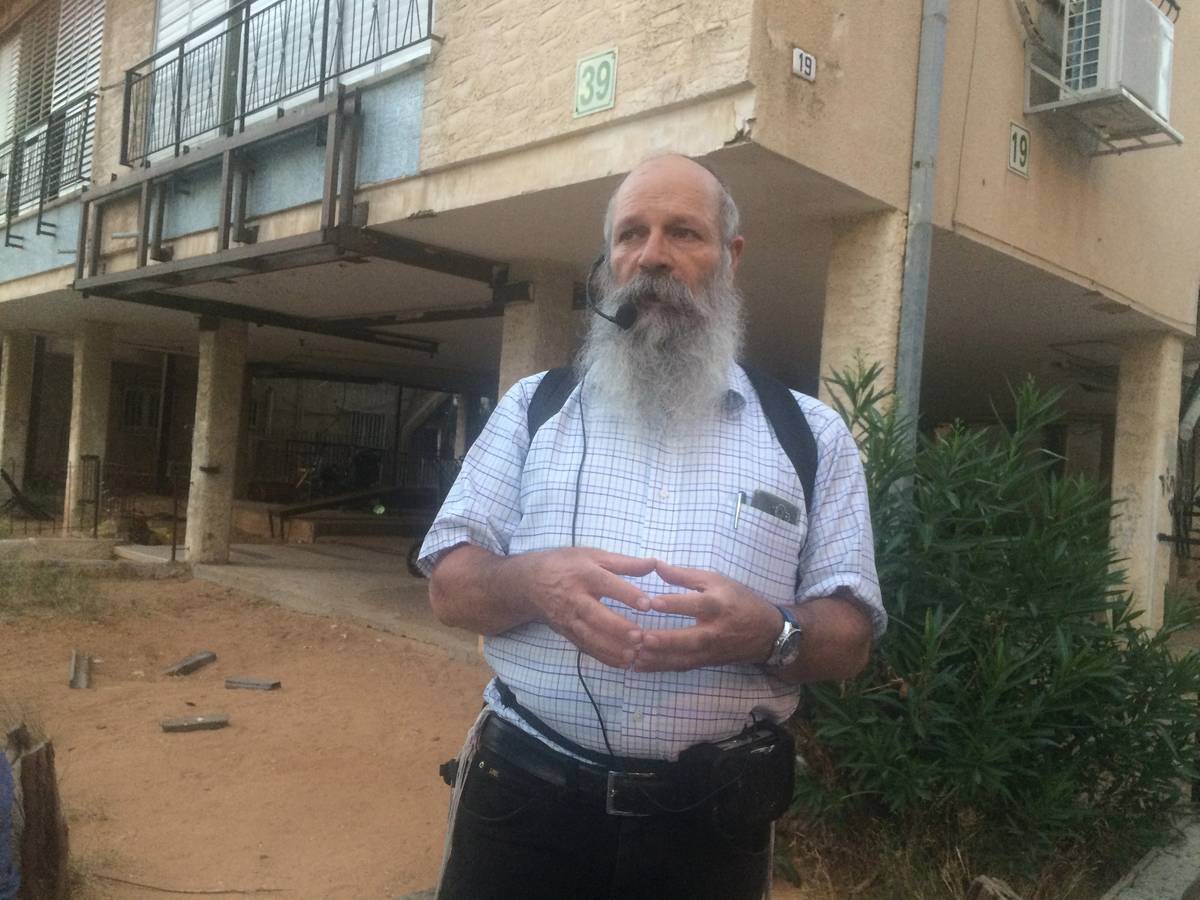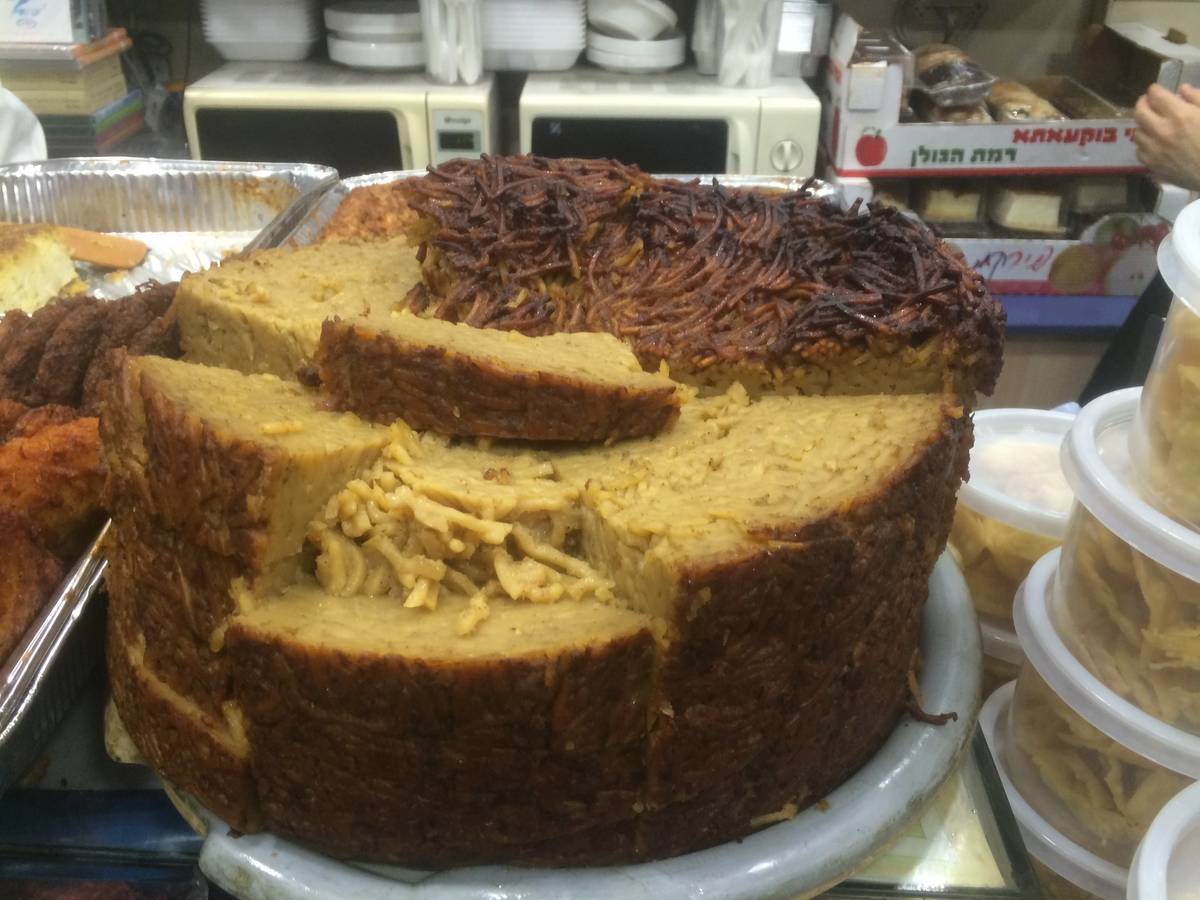A Private Tour of Bnei Brak—With a Side of Cholent
For two years, Pini Gorelick has been leading private tours of Israel’s ultra-Orthodox neighborhood, including Thurday night’s ‘cholent scene’




Unless there’s an investigative report on TV, or a new melancholic film about the Orthodox world, secular Israelis rarely seem to think about Bnei Brak, a city just east of Tel Aviv whose residents are mainly ultra-Orthodox Jews. But Pini Gorelick, an Orthodox Jew from Kfar Chabad, a Chabad-Lubavitch village in central Israel, believes the culture of Bnei Brak—particularly its culinary offerings—is something more people should experience, and tour.

Two years ago, Gorelick, who works in Israel’s high-tech industry, began leading private tours of Bnei Brak for his friends. Since then, interest has grown mightily—Gorelick guides tours every week, for groups that average 15-20 people. His tours, which last about 3-4 hours, are given in either Hebrew or English.
“Most people who go on these tours are secular Jews, with a few kippah sruga (knitted kippa–a term used to describe religious Zionists), and tourists,” Gorelick told me. “Orthodox Jews don’t come, not even from other countries, because they’re familiar with this lifestyle.”
A few weeks ago, I joined a group from a kibbutz on the tour. It started with a taste of sweet Jerusalem kugel and potato kugel at Muchan Umezuman deli. Then we tasted pastries at Katz Bakery, which has one table and a coffee machine in the corner, making it the closest to a café that you can get in Bnei Brak. Later we sampled p’tcha, chopped liver and pickled herring, among other treats, outside a local deli.

In between food stops we heard stories about local fashion, shidduchim, family life, and education. We learned the difference between a rabbi and a rebbe (I’d never known there was one), and saw children on Rabbi Akiva Street, Bnei Brak’s main thoroughfare, downloading a MP3 Gemara lesson from the street, through an ATM-like computer store window. One of the highlights was a visit to the home of Rabbi Yehoshua Rokeach, current Machnovka Rebbe of Bnei Brak, where his wife Chagit told us about her life, and the life of the community, and showed us around her kitchen. This treat, I learned, isn’t always a part of Gorelick’s tour; that depends on whether or not the Rebbe’s wife is free that evening.
The tour ended at 11 p.m. at the Shloimale kiosk, located near the Itzkovitch shtiebel, which is open for prayer 24/7. The huge kiosk offers much more than sweets, drinks and cigarettes; there you can buy take-away kugel and bilkas (sweet rolls), and bags of popcorn and cholent. The streets were full of young mothers with baby strollers, as well as young men eating cholent from plastic bowls.
“Thursday night’s cholent scene is Bnei Brak’s equivalent to Tel Aviv’s bar scene,” Gorelick explained. “Young men go out, eat cholent, drink a soft drink or beer—never stronger alcohol—and talk. There are many places you can get cholent on a Thursday night—restaurants, take-out places for Shabbat and also improvised places that bring a cooler for drinks and two giants pots of cholent and stay open really late, until the cholent is done.”
Dana Kessler has written for Maariv, Haaretz, Yediot Aharonot, and other Israeli publications. She is based in Tel Aviv.